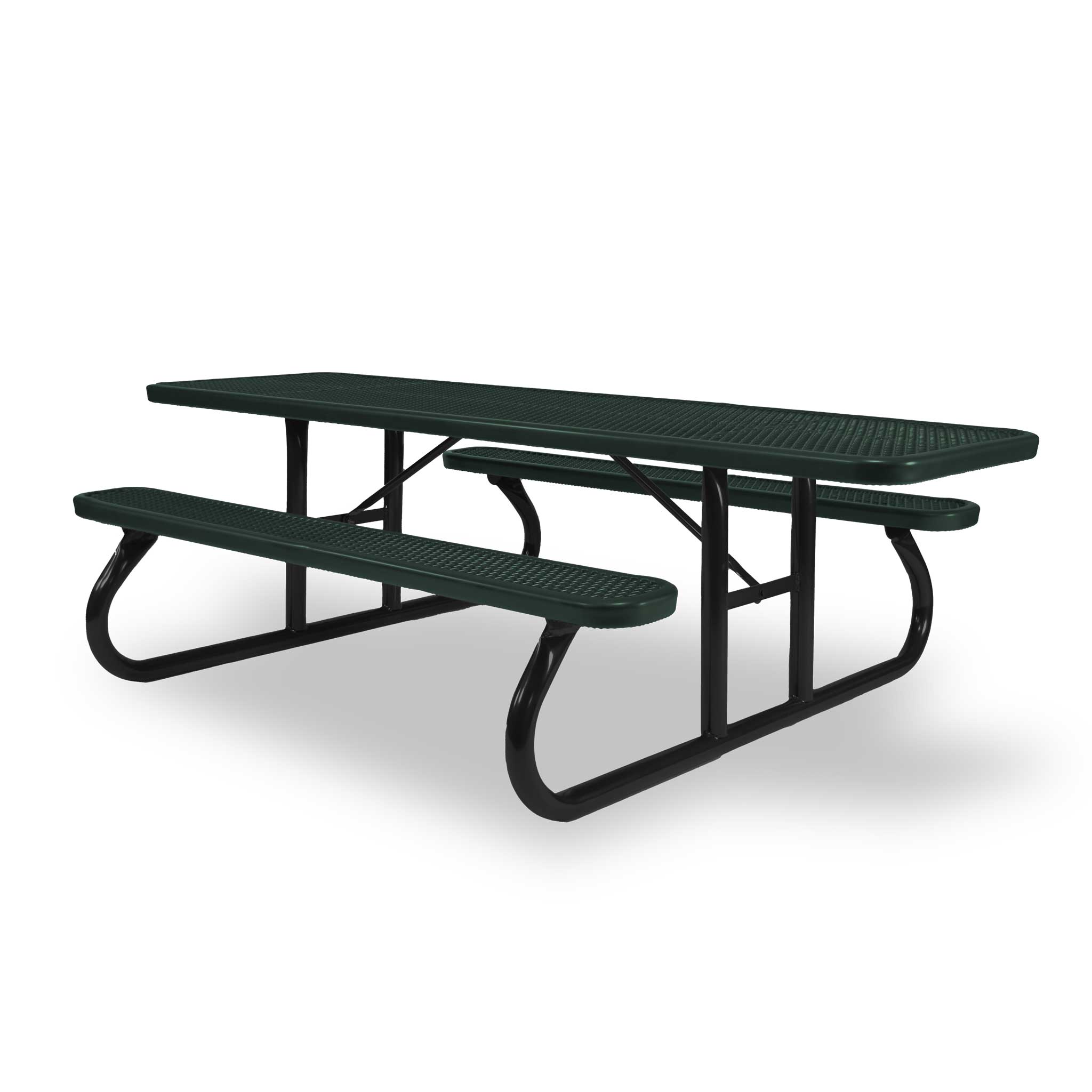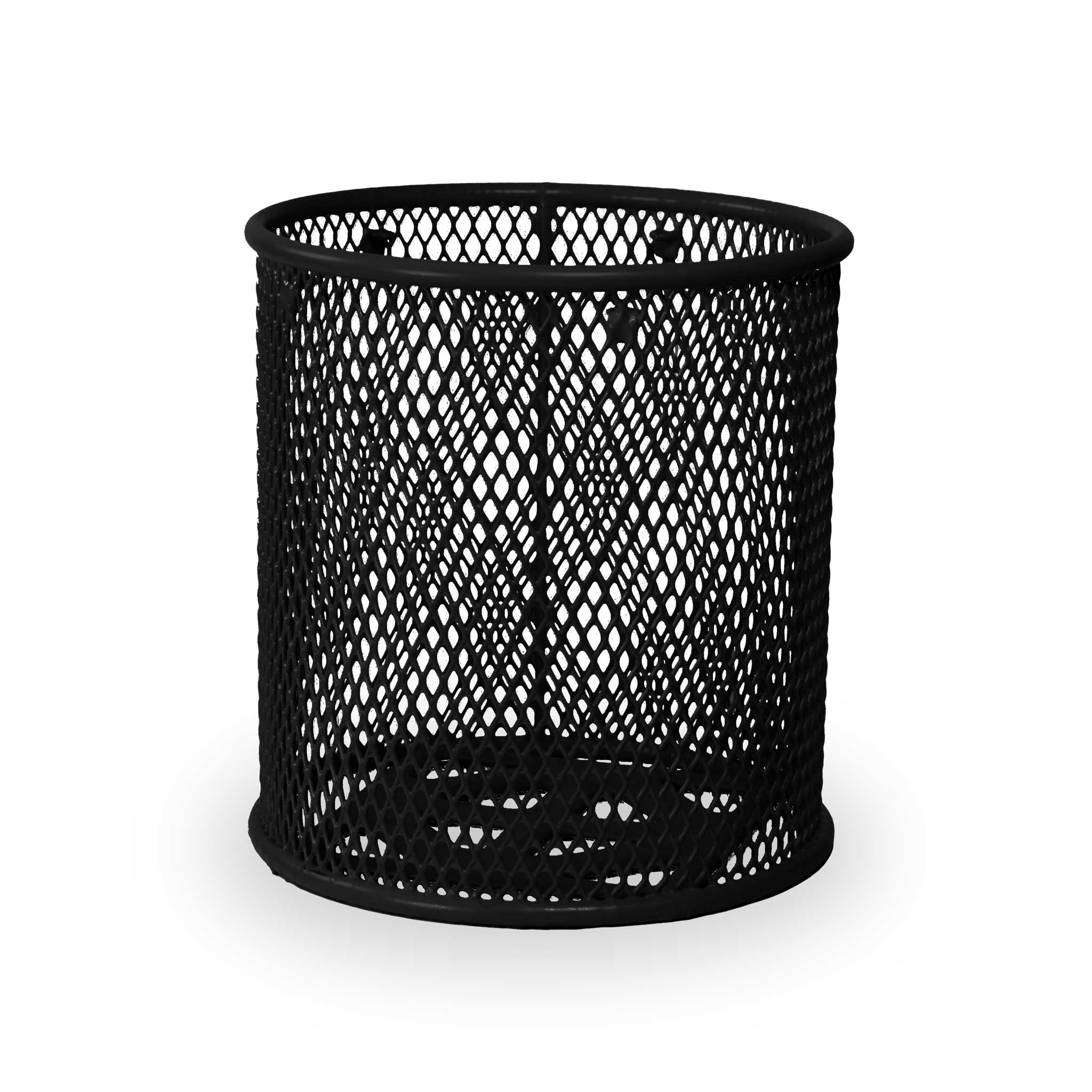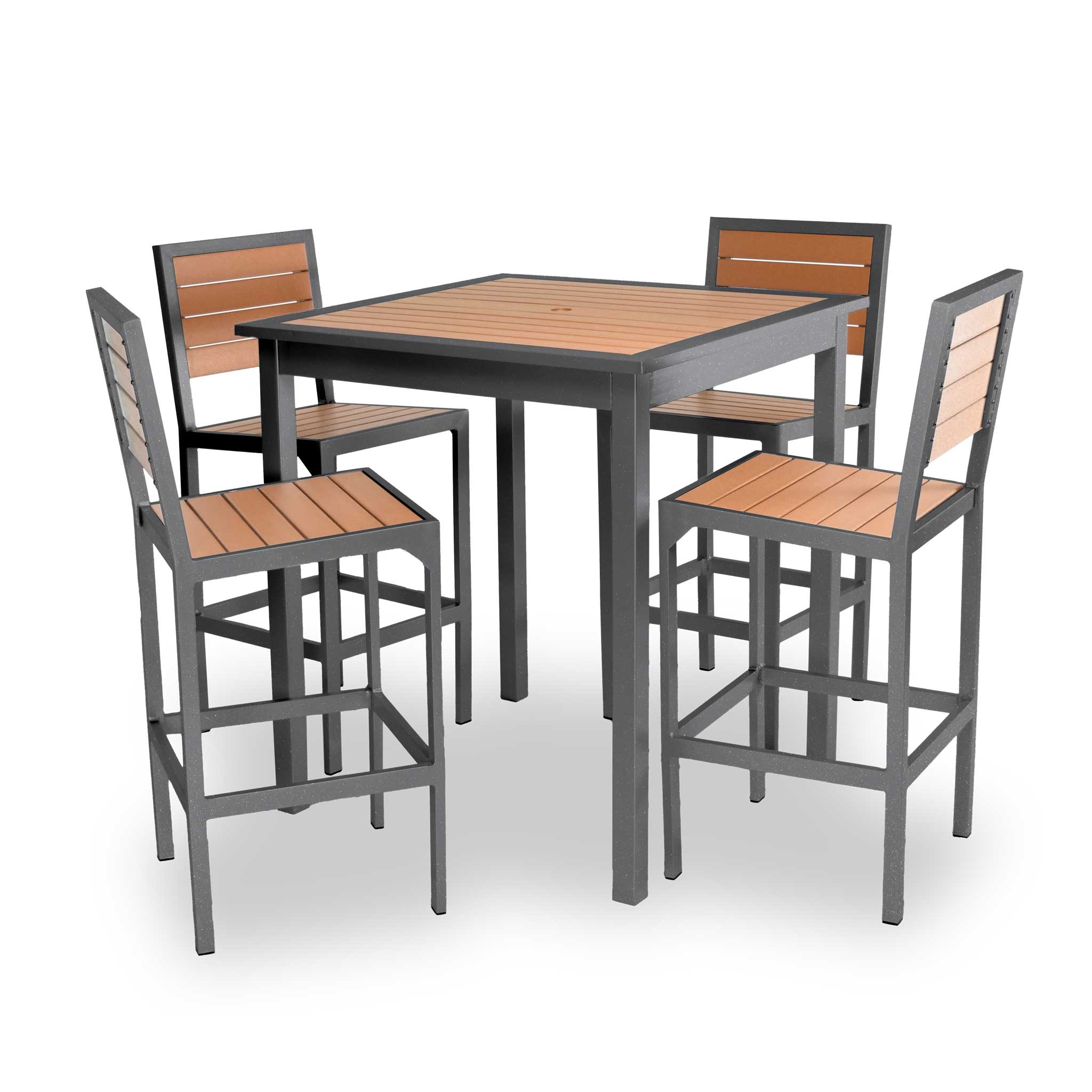How to Create a Hand Sanitizer Station for Classrooms
Uncategorized | Oct 22, 2020

In the classroom, kids learn that sharing is caring, but germs should be the only exception. Your students have developing immune systems that need proper care as they grow, and they should learn the value of washing their hands often. Teachers might neglect to let their kids clean their hands before snack time or arts and crafts, where children put food in their mouths and share the same objects.
Instead of taking time out of your schedule to send the children to the bathroom every time they sneeze or cough, you can invest in a hand sanitizer station for your classroom. Bramsford Site Furnishings offer a selection of hand sanitizing stations in various colors and styles to help you design a healthy, germ-free environment. Use this guide to discover how you can set up a school hand-washing station for your students.
Table of Contents
- Importance of Hand Hygiene in Schools
- Steps to Create a Fun School Hand-Washing Station
- Benefits of Adding Hand Sanitizer Stands
- Browse Our Collection of Hand Sanitizing Stations to Include in Your Classroom
Importance of Hand Hygiene in Schools
When children learn about the importance of washing their hands at a young age, they have a better chance of maintaining hand hygiene habits in the future. During the school year, the flu, stomach virus and common cold run rampant, and kids can pass them to each other if they don’t know how to get rid of these germs. It would help if you implemented hand-washing education into your daily routine because:
- They might not be learning about germs at home: Parents might be teaching their kids about hand hygiene before starting school. However, once children are old enough to attend school, they spend most of their time in the classroom. Teachers and administrators are responsible for enforcing hand-washing while teaching students about other essential life skills.
- Children miss school when they’re sick: As their minds are developing, children need to attend school as many days as possible to get a proper education. When they’re sick, they need to stay home to rest and prevent spreading the disease to you and their classmates. Each year, chronic absenteeism affects more than 16% of the population, preventing them from reaching their educational goals and making school a priority. Teach your students about washing their hands to keep the germs off of them and stay in school longer.
- You can slow the spread of diseases: Hand hygiene practiced at school, home and play can reduce the spread of infectious diseases. Children can infect an entire community with gastrointestinal, respiratory and skin infections as they interact with their friends and family members. Getting sick is uncomfortable and unpleasant, but in more severe cases, diseases are responsible for the deaths of thousands of people. Washing your hands can reduce the spread of respiratory illnesses by 16% to 21% and gastrointestinal sicknesses by 29% to 57%.
- You can help students develop healthy hygiene habits for life: Children touch their eyes, nose and ears without thinking about it, which can cause them to breathe in germs. In college, students spread infectious diseases because of their busy schedules and proximity to their classmates. As a result, they visit the doctor more often and miss school or work. If you teach kids at a young age about the importance of hand hygiene, you can set them up to miss school less frequently and save money on medical appointments.
- Children are developing a resistance to antibiotics: Doctors often prescribe antibiotics if their patients have an infection of any kind. If a child contracts a bacterial infection often, they will have to take more antibiotics, but eventually, the body develops a resistance to this medicine. Hand-washing can prevent 30% of diarrhea-related sicknesses and 20% of colds and other respiratory illnesses, so children can skip the trips to the doctor and spare their bodies from antibiotics.
- You can protect yourself: You might be looking out for your students’ well-being, but you’re also at risk of developing illnesses from coming into contact with contaminated surfaces. When you’re absent from school, it could affect your students’ ability to learn, and you could lose money from days of work missed. Practicing healthy hygiene yourself can help you set an example for your kids to follow and protect you from the flu or other unpleasant diseases.
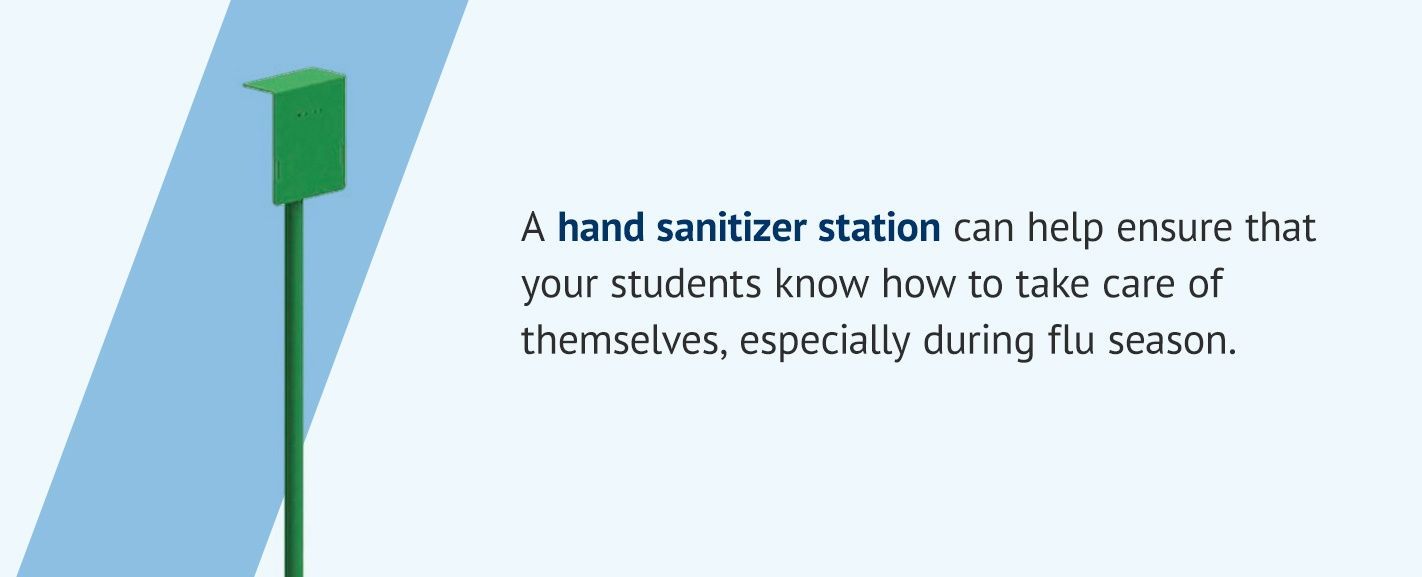
Steps to Create a Fun School Hand-Washing Station
Hand washing with antibacterial soap and warm water can eliminate germs. If you don’t have access to these materials in your classroom, you can use an alcohol-based hand sanitizer that contains at least 60% alcohol. You should also send home any students who display symptoms of a stomach or respiratory virus so that they don’t infect the rest of the class. To set up a hand sanitizer station that your students will enjoy using, follow these tips for promoting healthy hygiene.
1. Set up a Routine
Creating a hand-washing schedule can help your students develop a habit of practicing healthy hygiene. When kids play or eat, they might not think about stopping and washing their hands with soap and water. Instead of interrupting playtime, you can set up specific times for your kids to clean their hands, such as:
- Before, during or after snack time.
- Before starting any arts and crafts project.
- After going to the bathroom.
- After sneezing, blowing their nose or coughing.
- After handling the class pet.
As an additional step, you can coordinate with your students’ parents to implement hand-washing habits at home or during extracurricular activities. You should also set an example and use the hand-washing station yourself so your kids know when and how to wash their hands.
2. Teach the Proper Way to Wash Hands
You shouldn’t assume that your students know how to wash their hands, even if you have teenagers in your classroom. Follow these steps for hand-washing with soap and water:
- Run your hands under a faucet of clean water.
- Turn off the tap and put antibacterial soap in your hands.
- Rub your hands to lather them, reaching under your nails, across the backs of your hands and between your fingers.
- Scrub for at least 20 seconds.
- Turn the water back on and rinse your hands thoroughly.
- Use a towel to dry your hands.
You can also use hand sanitizer in the classroom to eliminate germs. Follow these steps to ensure that your students effectively clean their hands with sanitizer:
- Apply the gel product to the palm of one hand, following the manufacturer’s instruction.
- Rub your hands together.
- Rub the gel over all the surfaces of your hands and fingers until your hands are dry, around 20 seconds.
3. Add a Hand Sanitizer Station

Here are some tips for setting up your children’s hand sanitizer station:
- Make it fun: Kids love bright colors and various textures. When hand-washing feels like fun instead of a chore, they’ll be more likely to do it. Let the students choose their supplies, like a colorful hand sanitizing stand or a 20-second timer, so they can enjoy developing hygiene habits.
- Get artistic: You could use arts and crafts time to allow your students to help you create your hand-washing station. Hang up posters that remind them of the need to wash their hands, or have them create their own. When they see their artwork near the station, they might be more excited about washing their hands.
- Make it practical: The Food and Drug Administration (FDA) recommends rubbing hand sanitizer all over your hands to eliminate germs thoroughly. Teach kids to get between their fingers and on the backs of their hands, and set up visual reminders for the proper way to clean their hands. Since hand sanitizer dries on its own, you don’t need to use towels, but you should have paper towels on hand in case of a spill.
4. Make Up a Song
Hand-washing is most effective when you scrub your hands for at least 20 seconds. To get your students to stay in front of the sink for that long, you can have them sing the Happy Birthday song twice or the ABCs. If you have older kids in your classroom, you could have them make up songs to play as they wash their hands.
When you make up a song or sing one that everyone knows, your kids will understand how long they should be washing their hands. After the song is over, they’ll see that they washed their hands long enough. Even when they’re not in the classroom, your students can sing it at home or out with their families.
5. Turn It Into a Game
If your students struggle to grasp the importance of good hand hygiene, make it more fun by turning it into a game. Consider these games for your classroom to get them to understand how germs spread:
- Put glitter on their hands and show them how quickly glitter, like germs, can spread from person to person.
- Take some baby powder and pretend to sneeze by blowing on it so your students can see how far a sneeze can travel.
- Put ink on your kids’ hands and then have them rinse every part of their hands so they can see how much they have to wash their hands.
Benefits of Adding Hand Sanitizer Stands
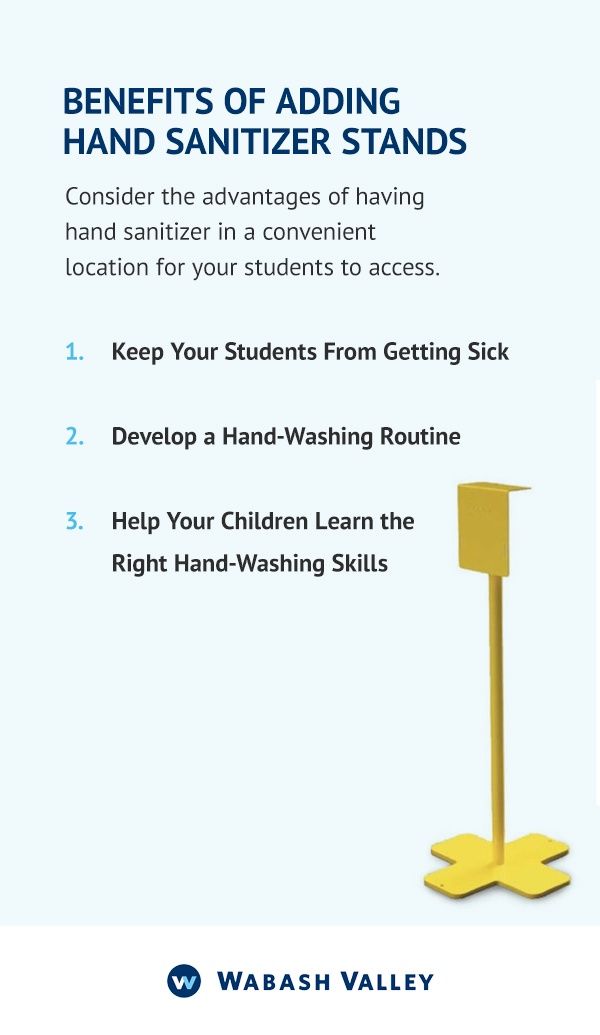
Hand sanitizer stands can enhance the health and wellness of your classroom. Consider the advantages of having hand sanitizer in a convenient location for your students to access.
1. Keep Your Students From Getting Sick
As they interact with classmates in the hallways, on the bus and in class, students risk infecting each other. They can spread germs through surfaces and other people in the following ways:
- Sneezing, blowing their noses or coughing into their hands and then touching others’ hands or possessions.
- Touching their mouth, eyes and nose without washing their hands.
- Touching a contaminated object or surface.
- Preparing or eating drinks and food without washing their hands.
Giving kids an easy way to wash their hands without having to ask to use the bathroom can help them stop the spread of germs and keep their classmates safe. A Harvard study revealed that hand sanitizer use could reduce the risk of respiratory infections in toddlers. Put a hand sanitizer stand in your classroom so you can eliminate the germs among your students and keep them in school.
2. Develop a Hand-Washing Routine
Having hand sanitizer in the room helps children remember to wash their hands. At a young age, children need to learn the importance of hand hygiene, and having a hand sanitizer stand in the room serves as a visual reminder to stay clean. As they get older, they should be able to make time for washing their hands, especially in middle and high school, where they have to move from class to class.
Your job as a teacher or administrator is to provide a well-rounded education for your students. Kids who learn how to wash their hands properly will have a better chance of creating a lifetime habit. By creating these habits in the classroom, they can stop the spread of disease in their communities by washing their hands even during extracurricular activities.
3. Help Your Children Learn the Right Hand-Washing Skills
Hand sanitizer only works if you and your students use it correctly. When you have a hand sanitizer station in the classroom, you can go over how to use it, and you can monitor the kids. By teaching them the proper hand-washing skills, you can empower all of your students to be responsible for stopping germs in their tracks. Instead of sending your kids to the bathroom, you can have a hand sanitizing stand close by their desks.
With a hand sanitizer stand in the classroom, you can easily enforce when your kids wash their hands. As a teacher, you can implement the importance of washing their hands. Children need to grow up watching authority figures washing their hands. When their parents, teachers and family members practice healthy habits, they’ll see its importance, even at an old age.
Browse Our Collection of Hand Sanitizing Stations to Include in Your Classroom
Bramsford Site Furnishings is proud to offer a selection of surface and portable hand sanitizing stations to get you ready for fighting germs in the classroom during the school year. All purchases are currently 20% off at checkout. Browse, customize your color options and checkout directly on our website, and have it shipped straight to your home or school.
If you have questions on the best product for your classroom or need help setting up a school hand-washing station, contact our team. We have experience setting up interior and exterior furnishings to help make the most out of your space.

Categories
Recent Posts
Sign up for our newsletter
Share this post:

